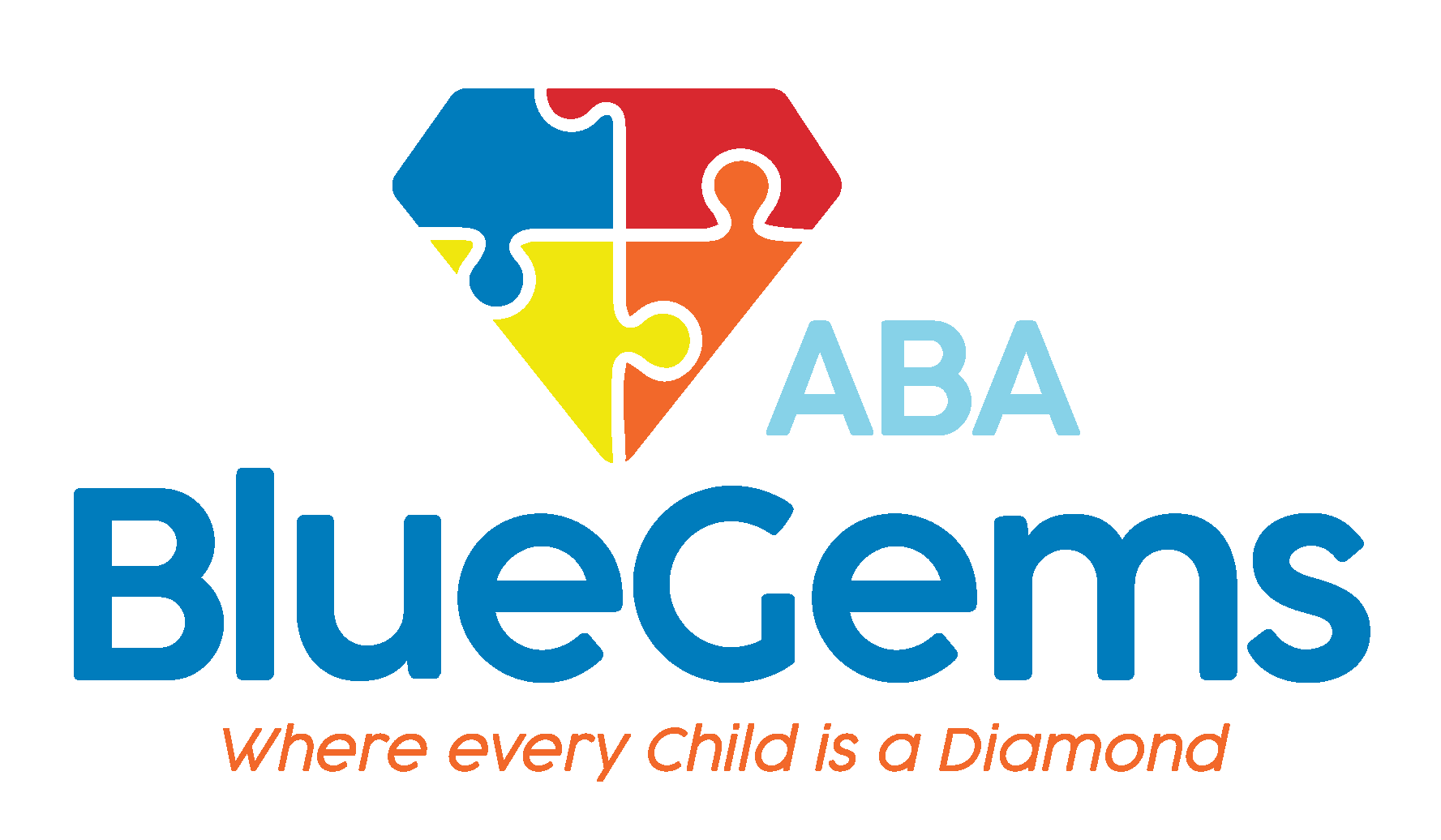¿Qué es el autismo de alto funcionamiento?
El autismo puede resultar confuso para las personas que no están directamente implicadas en el diagnóstico y/o tratamiento del trastorno. Gran parte de esta confusión puede atribuirse al hecho de que el autismo, y nuestros conocimientos sobre él, han evolucionado rápidamente en los últimos 10 años aproximadamente.
Lo que sabemos del autismo hoy en día es muy diferente de lo que sabíamos del autismo incluso hace unos años. En 2013, múltiples trastornos relacionados fueron agrupados por la Asociación Americana de Psiquiatría en una sola denominación conocida como trastorno del espectro autista, o TEA.
Uno de los trastornos englobados en el TEA se conoce como Síndrome de Aspergerque también se conoce como autismo de alto funcionamiento. Este nombre no es un diagnóstico oficial ni un término médico, sino una forma informal de referirse a las personas que padecen TEA y pueden escribir, leer y hablar, así como manejar algunas habilidades básicas como vestirse solo y comer.
En la mayoría de los casos, las personas con autismo de alto funcionamiento son capaces de vivir de forma independiente. Dicho esto, como todas las formas de autismo, las personas que padecen el síndrome de Asperger se ven afectadas por él de distintas maneras: algunas presentan síntomas graves y otras solo síntomas leves.
Esto aumenta la confusión en torno a los TEA, que aclararemos a continuación.
Índice
¿Qué es el trastorno del espectro autista?
Durante muchos años, sólo las personas que presentaban síntomas graves acababan recibiendo un diagnóstico de autismo. No fue hasta la década de 1990 cuando se reconocieron formas más leves de autismo.
Fue entonces cuando se empezó a diagnosticar el síndrome de Asperger. Sin embargo, se trataba como un trastorno del desarrollo totalmente distinto del autismo.
Todo eso cambió en 2013, cuando la APA creó la designación oficial de TEA, que incluye:
- Trastorno autista
- Síndrome de Asperger
- Trastorno de Rett
- Trastorno desintegrativo infantil
- Trastorno generalizado del desarrollo no especificado (TGD-NOS)
Cuando eso ocurrió, el síndrome de Asperger dejó de utilizarse desde un punto de vista médico, aunque algunas personas que fueron diagnosticadas antes de 2013 siguen utilizando el término. También fue entonces cuando algunos empezaron a referirse a las personas con síndrome de Asperger como autistas de alto funcionamiento.
¿Cuáles son los síntomas?
Muchos de los síntomas del autismo de alto funcionamiento son los mismos que los del TEA.
Las personas que lo padecen suelen tener dificultades para comunicarse o en situaciones sociales. A menudo no son capaces de leer con naturalidad las señales sociales de los demás y pueden tener problemas para hacer amigos.
Las situaciones sociales pueden provocarles ansiedad y/o estrés, lo que puede hacer que se cierren en banda. Las personas con autismo de alto funcionamiento pueden tener problemas para entablar conversaciones triviales o establecer contacto visual cuando hablan con otras personas.
A las personas con autismo de alto funcionamiento les suele gustar mantener una rutina, algunas tan estrictas que se ponen ansiosas o se desconciertan si se produce el más mínimo cambio en esa rutina.
Al igual que otras personas con TEA, los autistas de alto funcionamiento presentan síntomas muy diversos. Algunos pueden rendir bien en la escuela, aunque otros pueden tener problemas de concentración y agobiarse con facilidad.
Algunas personas pueden tener la capacidad de mantener un trabajo estable y labrarse una carrera, mientras que otras tendrán problemas para hacerlo.
¿Cómo se diagnostica el autismo de alto funcionamiento?
Todos los trastornos que caen bajo el paraguas del TEA se diagnostican de la misma manera. En Blue Gems ABA, tenemos un diagnósticos de autismo en profundidad que incluye tres pasos.
El primer paso es un cribado y una evaluación inicial. Durante este paso, utilizamos herramientas como el M-CHAT. Esto nos dará una idea inicial. También hablaremos con usted sobre el comportamiento de su hijo y su evolución.
A continuación, un psicólogo clínico realizará una evaluación más detallada. Observan cómo se comunica e interactúa socialmente su hijo.
Una vez realizadas todas las evaluaciones, llevamos a cabo una revisión de todas nuestras observaciones. A continuación, comentamos con usted los detalles de nuestro análisis, incluyendo si su hijo está siendo diagnosticado de autismo de alto funcionamiento o de cualquier otra forma de TEA.
Si su hijo recibe un diagnóstico de TEA, colaboraremos estrechamente con usted para sugerirle terapias e intervenciones eficaces que pueden marcar una gran diferencia en su vida.
¿Qué tratamientos existen para el autismo de alto funcionamiento?
El mejor tratamiento para el autismo de alto funcionamiento es el análisis conductual aplicado, o terapia ABA. Este tratamiento de eficacia probada se basa en pruebas científicas y se basa en ayudar a los niños con TEA a desarrollar la comunicación y otras habilidades que necesitan para tener éxito en la vida.
La terapia ABA puede administrarse en su propia casa y se personaliza en función de las características, habilidades y comportamientos únicos de cada niño. Además, integra a familiares y otros cuidadores para que las habilidades aprendidas durante las sesiones de terapia puedan reforzarse fuera de ellas.
Éstas son sólo algunas de las razones por las que se ha demostrado que la terapia ABA es uno de los mejores tratamientos para el autismo de alto funcionamiento y para todos los TEA graves.
Deje que Blue Gems ABA contribuya al éxito de su hijo
Blue Gems ABA es uno de los proveedores más confiables de la terapia ABA en el país. Contamos con psicólogos clínicos experimentados que pueden evaluar a su hijo para el autismo y luego ABA terapeutas para administrar un tratamiento específico en caso de recibir un diagnóstico.
Apoyar a su hijo es nuestro objetivo número uno, y nos esforzamos por alcanzarlo cada día.
Para más información póngase en contacto con Blue Gems ABA hoy.




